- Product
- Solution for
For Your Industry
- Plans & Pricing
- Company
- Resources
For Your Industry
In the fast-paced world of business, an effective pricing strategy is paramount to success. However, as markets evolve, your pricing strategy can quickly become outdated. Here are five compelling reasons why updating your pricing strategy is crucial for maintaining competitiveness and profitability.

Manually gathering competitor pricing data is not only time-consuming but also prone to errors. Imagine tracking prices for thousands of products across numerous competitors who change their prices multiple times a day. It’s a daunting task that can lead to inaccurate data and poor pricing decisions.
A retailer with an inventory of 10,000 products might track five competitors, each updating prices daily. Manually tracking these changes can result in thousands of data points each day, making mistakes inevitable.
Automate the price monitoring process with tools designed for large-scale data collection and analysis. Automated systems minimize errors, save time, and are cost-effective. For instance, a pricing intelligence tool can track and compare prices across multiple competitors in real time, ensuring you always have the most accurate data at your fingertips.
tgndata: Provides automated competitor price tracking, comprehensive market analysis and Dynamic Pricing tools.
Managing prices for a large inventory involves considering various factors such as time of day, seasonality, competitive landscape, geographic area, and customer segments. The complexity can be overwhelming, leading to inefficiencies and missed opportunities.
A seasonal product might need frequent price adjustments based on demand fluctuations. Manually adjusting prices for each product can be resource-intensive and impractical.
Utilize a pricing strategy builder tool to automate the process. These tools allow you to set rules and conditions for product repricing, enabling dynamic adjustments based on predefined criteria. This automation not only reduces manual labor but also ensures your prices are always optimized for maximum profitability.
If you notice competitors frequently updating their prices, it’s a signal that you might need to do the same. Staying reactive to competitors’ pricing strategies can help you remain competitive and prevent loss of market share.
A competitor runs a flash sale every week, attracting a significant customer base. Without proactive price adjustments, you might lose customers looking for better deals.
Experiment with frequent pricing strategy updates using a robust pricing strategy builder. Set limits and conditions that align with your business goals and monitor the results closely. This approach allows you to find the right balance between competitive pricing and profitability.
A simplified pricing strategy might not account for the various factors influencing online buying behavior. Today’s customers expect a seamless shopping experience, including competitive prices and an engaging online environment.
An e-commerce store with a static pricing strategy may fail to attract customers who are looking for promotions or special offers.
Develop a comprehensive pricing strategy that considers market placement, brand value, and customer experience. Implement dynamic pricing models that adjust based on real-time market conditions, ensuring your prices remain competitive while providing a superior shopping experience.
Develop a comprehensive pricing strategy that considers market placement, brand value, and customer experience. Implement dynamic pricing models that adjust based on real-time market conditions, ensuring your prices remain competitive while providing a superior shopping experience.
Timing is crucial for the success of promotional activities. Incorrect timing can lead to customer dissatisfaction and damage your brand’s reputation.
Uber’s decision to raise prices during a winter storm in New York led to accusations of exploitation, highlighting the importance of timing in pricing decisions.
Analyze past promotional activities and competitor strategies to identify optimal times for promotions. By understanding when and how competitors run their promotions, you can plan your activities to maximize impact and avoid negative customer reactions.
A data-driven and up-to-date pricing strategy is essential for maintaining competitiveness in a dynamic market. Identifying issues and making necessary adjustments can be challenging, but it is crucial for long-term success.
Key Steps:
Updating your pricing strategy is not a one-time task but an ongoing process that requires dedication and adaptation. By investing time and resources into refining your pricing strategy, you can stay ahead of the competition and achieve greater profitability.
The frequency of updating your pricing strategy depends on your industry and market conditions. For highly competitive and dynamic markets, consider reviewing your pricing strategy quarterly. In more stable markets, an annual review might suffice. Regularly monitoring competitor activities and market trends will help you determine the optimal frequency for your business
Common mistakes include:
While automation tools greatly enhance efficiency and accuracy, they should complement rather than fully replace manual oversight. Human analysis and strategic decision-making remain crucial, especially for complex scenarios that require contextual understanding and intuition.
Measure success through key performance indicators (KPIs) such as:
Customer feedback is invaluable for understanding how pricing impacts customer behavior and satisfaction. Use surveys, reviews, and direct feedback to gather insights. Incorporating customer feedback helps tailor your pricing strategy to meet customer expectations and enhance their shopping experience.
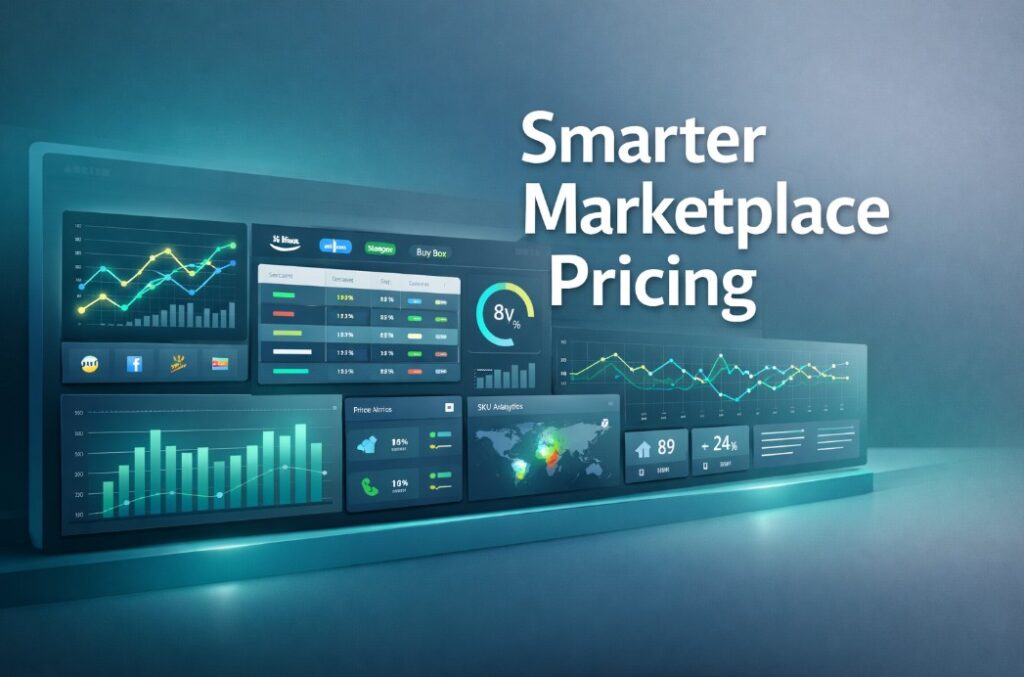
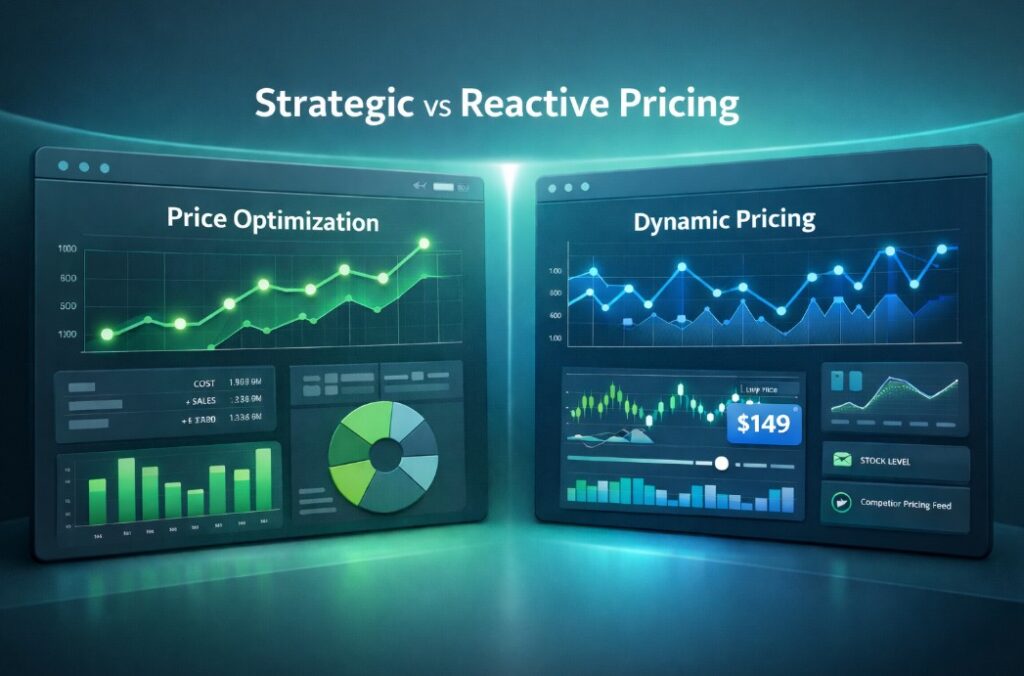
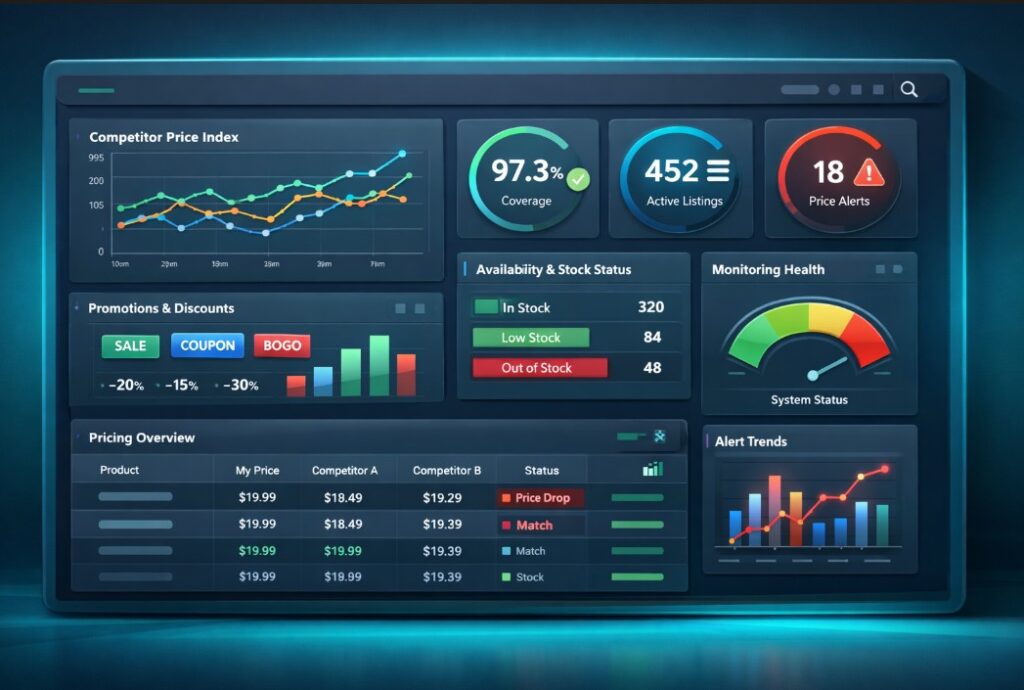
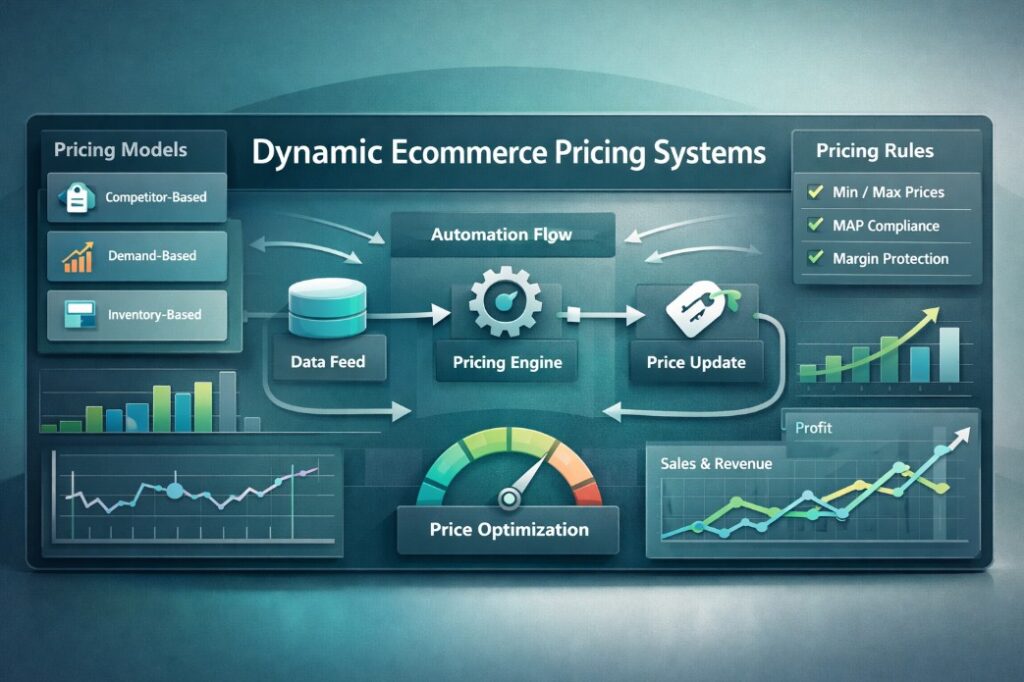
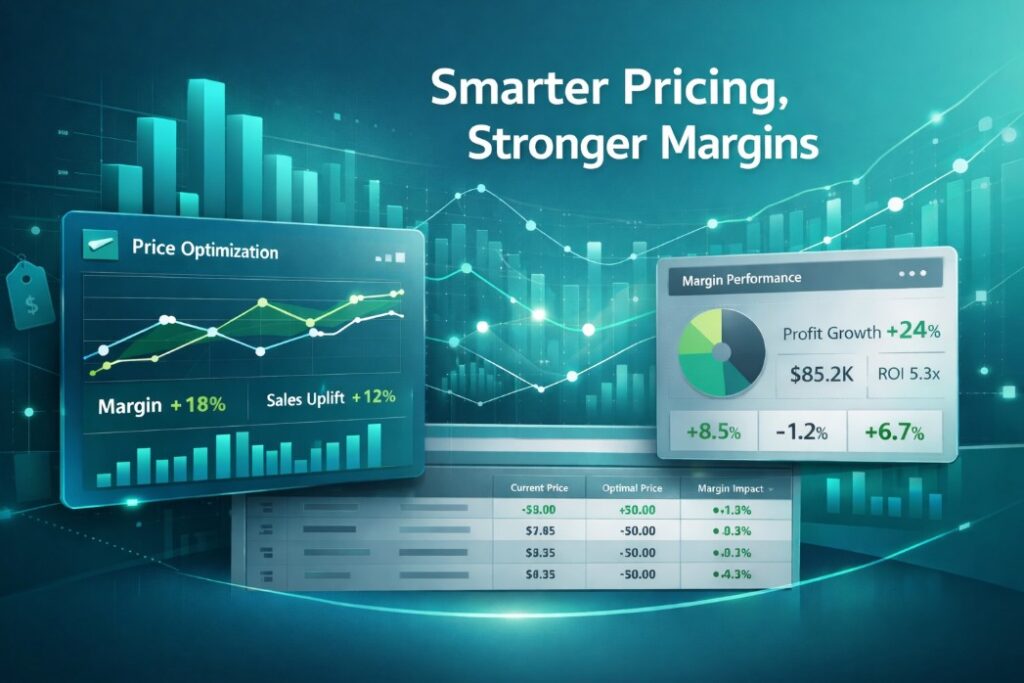
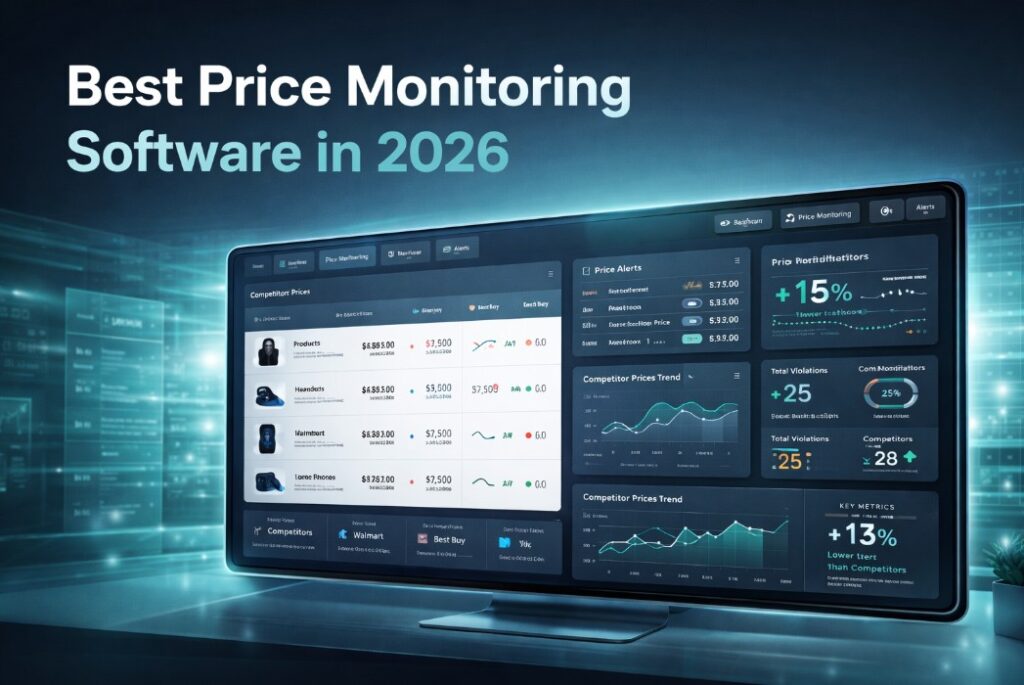
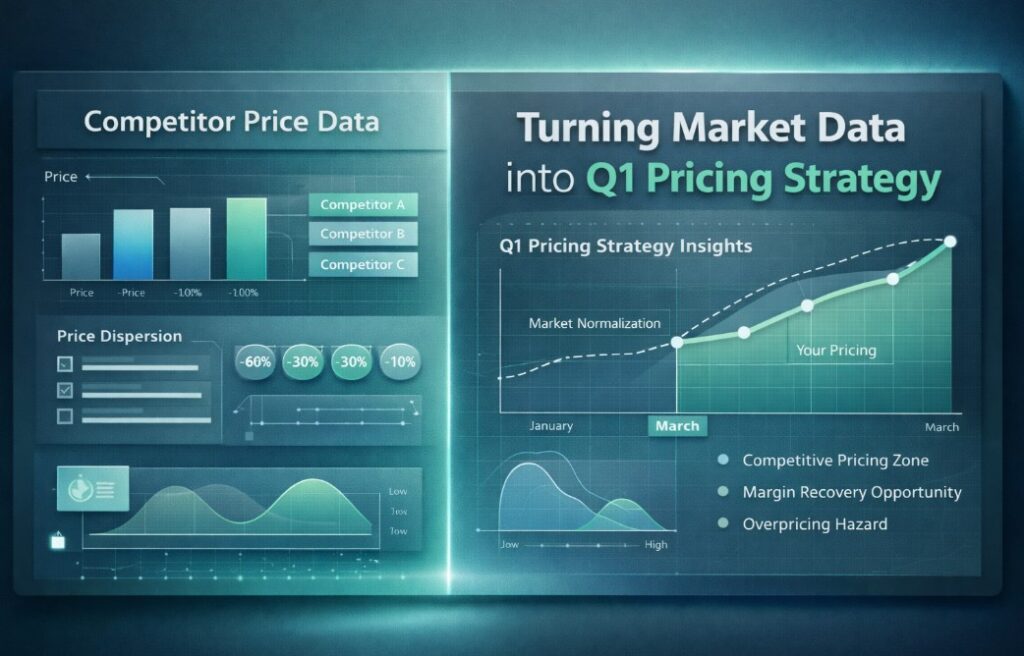






Missing an important marketplace?
Send us your request to add it!